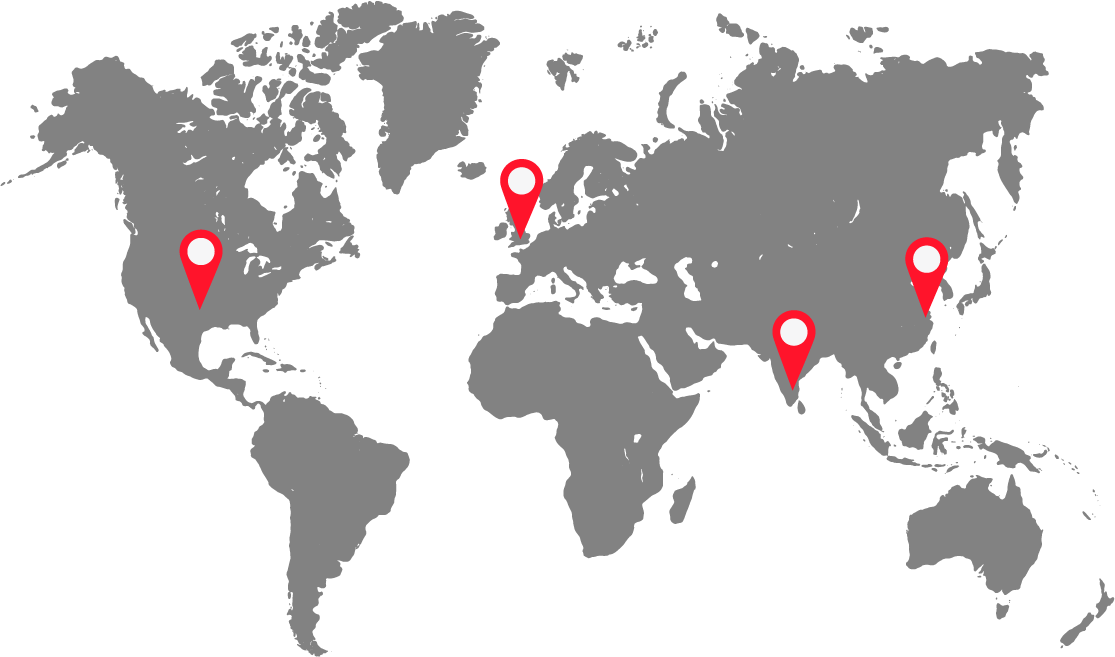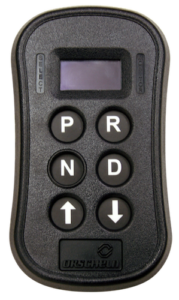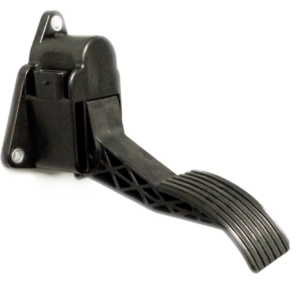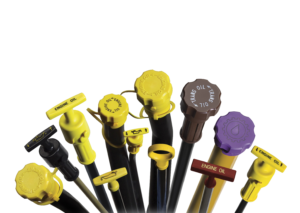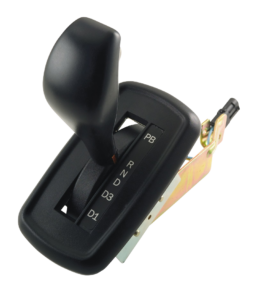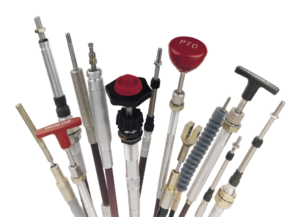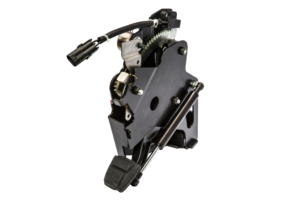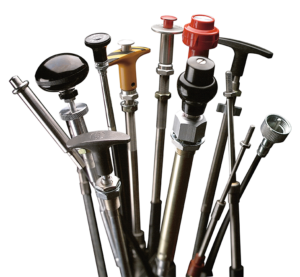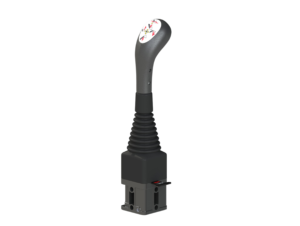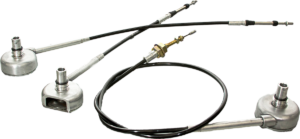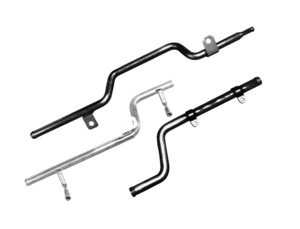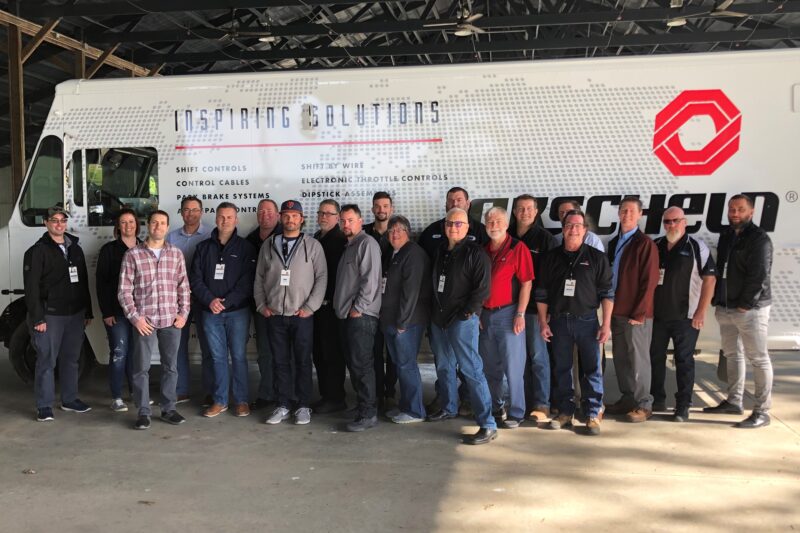Stay in control with Orscheln, a trusted control cable manufacturer
To stay in control, your vehicle uses a lot of technology. To ensure OEMs stay in control of their market, Orscheln remains on the cutting edge of vehicle control solutions. We’re always innovating new solutions and improving the products trusted for decades. Our control cables remain one of the most widely used components for on and off-road vehicles. So when OEMs worldwide need a trusted control cable manufacturer, we’re the one they trust to provide the components that command our industry.
To understand Orscheln, our cables, and their capabilities you’re always welcome to talk to an engineer. But if you’re like us, you like to do your homework first. That’s why we’re making your research easy with all the details about the control cables you’ll need. Here’s everything behind the products that make Orscheln an industry-leading control cable manufacturer.
Applications and Implications
There are four major segments where you’ll find our control cables at work. Heavy on-road applications use our control cables to ensure efficiency and longevity, while off road vehicle manufacturers trust our cables to ensure their customers can control the machines that keep the world moving.
Heavy Transit and Construction
Wherever you find them, our control cables keep vehicles running smoothly. Orscheln’s series 4 push/pull cable is primarily used on heavy-duty transmissions. If you’re designing a vehicle that needs to shift precisely under heavy loads, you need a control cable manufacturer that knows exactly what you need. Orcheln’s origins stretch back to the early days of heavy transit. So we know a thing or two about what it takes to keep rigs on the road.

Our push/pull cables are also used on many off-highway applications. You can find Orscheln control cables at work on forklifts and heavy construction equipment as well. These vehicles typically use our push-pull cables for their levers and actuators. But for their throttles, we offer a highly specialized solution. Orscheln is also known for our vernier rotary-style control cable.
Emergency and Agricultural
For mechanical throttle controls, our vernier-style cable is a common solution many OEMs include. We’re the control cable manufacturer for many emergency vehicles such as tow trucks or fire engines. This is because our cables endure rigorous laboratory and field testing before we mass produce them. Emergency vehicles that require a mechanical connection to a throttle body use our cables to control the throttle of the vehicle from either side (including our custom fitting and design capabilities).

Agricultural machinery uses both push-pull and vernier throttle control cables much like construction equipment does. It is also common for OEMs to include our throttle pedals in their machinery as well. No matter where you look, it’s hard to find an OEM that doesn’t include Orscheln as their control cable manufacturer of choice. Now that you understand where you’ll find our control cables and the work they do, let’s take a deeper look into the types of control cables we offer.
Masterful Manufacturing
Since Orscheln is a control cable manufacturer for many different OEMs, we continuously innovate our cables to meet the demands of every industry we serve. We have a few specific cables our engineers will talk to you about when you design your solution with Orscheln. Here are the details that surround the most popular control cables we create.
Light Duty Cables

Orscheln Light Duty control cables are made of steel to handle what plastic and thin sheet metal components can’t. There are various types of input features such as rotary, twist-to-lock, and linear control with friction adjustment. Below is a table to give an overview of the specifications of these cables.
Cable Specifications
| Load: |
|
End Fittings: |
|
| Cores: |
|
Spheres & Barrels: (on 1×19 only) |
|
| Conduits: |
|
Crimped Fittings: |
|
All listed specifications are based on current industry standards and Orscheln’s current production at the date of publication. For more details, please see our online resources. If you are unable to find a specification to meet your requirements, talk to an engineer to find the right cable for you.
Push Pull HP Cables

Orscheln’s push-pull cables include 4 different series of cables ranging from Series 3 to Series 8. These cables include standard and HEFT ratings that are indicated by either a maroon (standard) or black (HEFT) sheathing. These cables are an industry favorite because of their low backlash and high efficiency under load. Below are the construction details and operating capacities for each type of cable.
Series 3 Construction
- HP Core or Solid Core Construction
- 10-32 Thread
- 3″ Bend Radii (HP)
- 6″ Bend Radii (Solid Core)
Max/Min Operating loads Lbs/(N)
- Push 25 (111.3) – 80 (356)
- Pull 120 (534)
Series 4 Construction
- HP Core
- 1/4-28 Thread
- 5″ Bend Radii
Max/Min Operating loads Lbs/(N)
- Push 45 (200.3) – 150 (667)
- Pull 230 (1023)
Series 6 Construction
- HP Core
- 5/16-24 Thread
- 7″ Bend Radii
Max/Min Operating loads Lbs/(N)
- Push 60 (267) – 250 (1112)
- Pull 400 (1779)
Series 8 Construction
- Armor Core
- 3/8-24 Thread
- 10″ Bend Radii
Max/Min Operating loads Lbs/(N)
- Push 150 (667.5) – 700 (3114)
- Pull 1000 (4448)
Each series comes with unique load capacities and capabilities. Please consult our online resource archive to find which HP cable is right for your application. If you are unable to find the right cable for your application, talk to an Orscheln engineer to find your solution.
Universal Utility Cables
These are one of our most requested cables for a reason. There are so many uses for our universal utility cables that almost every OEM we supply includes them in one way or another. This family of cables includes three heavy-duty series that make us a household name when it comes to control cable manufacturers.

Each series is rated on its load capacity and construction. These cables are also rated for two temperature ranges. Standard temperature ranges include everything from -65 to +225°F/-54 to + 107°C. The highest temperature ratings range from -65 to +300°F/-54 to + 149°C. Below are the standard construction and operating load capacities for each series.
3 Series
- HP Core-polymer coated 1×7
- Solid .075 stainless steel core
- 10-32 Threaded rod (output end)
Max/Min Operating loads Lbs/(N)
- Push 45 (200) – 60 /(267)
- Pull 60 (267)
4 Series
- HP Core
- 1/4″ – 28 Threaded rod (output end)
Max/Min Operating loads Lbs/(N)
- Push 75 (334) – 120 /(534)
- Pull 120 (534)
6 Series
- HP Core
- 5/16″ – 28 Threaded rod (output end)
Max/Min Operating loads Lbs/(N)
- Push 130 (578) – 225 /(1001)
- Pull 225 (1001)
Each operating load is determined by the specific construction of each series of cable. Please consult our resources archive to find all specifications for each series. If you cannot find the right cable to meet your specific needs, talk with an engineer to talk about your options with Orscheln.
How We Build Your Solution
Now that you know some facts and figures behind the products that make us a trusted control cable manufacturer, we’ll show you how we craft our cables. At Orscheln, our engineers speak CAD like a native language. So to explain our process, here are the major factors that determine which cable is right for you.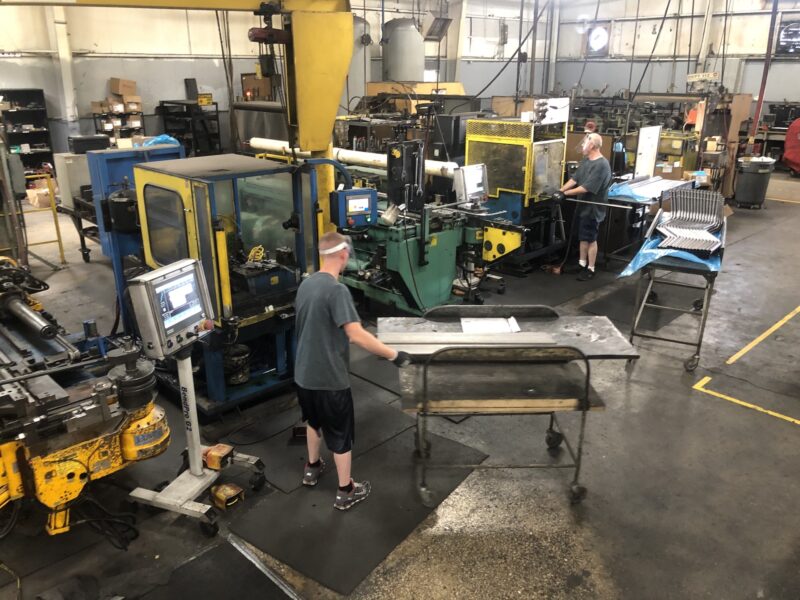
Sizing
Since we serve clients around the world, we include sizing figures in both imperial and metric figures for every solution. To find the right sizing, our engineers dive deep into your design to determine the sizing options your specific application is limited to.
We require CAD designs for most custom designs, but if one is unavailable, our team draws from our experience before CAD. We measure the pathways and physical structure your system will operate in by analyzing a prototype or production model of your vehicle. This practical design process is just one of the many things that set us apart from control cable manufacturers.
Load Requirements
In the previous section, you’ll notice that we measure by pounds of force and Newton units. This is to give every engineer involved in your development the most accurate information available. If you’re unsure about your load requirements, our engineers are happy to help. We start by understanding how and where your solution will operate and go from there. By figuring out the operating capacities of your machine, our engineers will determine the best solution from our family of control cables.
Amount of Travel
By determining the amount of travel, we can understand how much the cable will need to be able to move while in use. To determine the amount of travel allowed by your design, we’ll need to measure and observe potential solutions in action or in virtual simulations. We determine the amount of travel from 1- to 7-inch increments an inch at a time. These measurements get our control cable manufacturers one step closer to creating the best component for your creation.
Mounting and Fittings
As a preferred control cable manufacturer, Orscheln engineers are experts at getting creative when it comes to how we fit and mount everything. With dozens of industry-standard fitting options, our cables are easy to network into most configurations. But when it comes to mounting, very few vehicles are identical. This is why we go through a deep analysis of your CAD files and back up our theories with lab and field testing.
Length Requirements
The most important aspect of your control cable is how long it needs to be to meet your requirements. To determine this we use two mediums. Our more technical medium is to figure out potential pathways in your CAD file using additional programming and research. We also use this method to measure potential bend points and angles. The second method is much simpler.
To test our hypothesis, we go back to our days before computers. Our control cable manufacturers make use of physical measuring tools such as measuring strings and hoses to fully understand the potential routing and length of your cables. This gives us a practical model of your cable length from end to end. We then cross-reference both methods to create a prototype cable length for testing.
Keeping your requirements in mind, we design, test, and create the right control cable for your application. Creating products that work makes our engineers happy. But our rigorous testing keeps our customers just as satisfied.
Making it All Work
For our control cable manufacturers, testing is no different than how we test our other products’ capabilities. When our headquarters test a new prototype, we test to destruction. This ensures that our products are all rated to their operational limits. While we may use complex technologies to create each of our cables, our testing remains precise and straightforward. By testing tensile strength, cyclic wear, and durability to the point of destruction, we are able to determine the specs each production cable will meet.
After we create a successful prototype, we field-test our cables by installing them on the vehicles we designed them for. We also subject them to the same tensile, cyclic, and environmental testing we use to test all of our products.
To ensure each of our FAST distributors can test our products to the same specifications, we supply each distributor with an Orscheln testing module as well as the data we record from our initial prototyping. This ensures that all of our distributors can match the same quality for the FAST exclusive cables they create all around the world.
FAST Solutions
Orscheln’s FAST distribution network is known for supplying customers with ready-to-work components wherever and whenever they need them. FAST was originally founded as a made-to-order control cable manufacturer but has since grown into a powerhouse that OEMs trust worldwide.
With our unique capabilities and uncompromising quality, it’s no wonder why we’ve grown into one of the most trusted component manufacturers and distributors in the world.
What’s next?
Orscheln is proud to be many OEMs’ control cable manufacturer of choice. Our customers trust us because we never stop innovating to provide even better products. The designs of our cables constantly undergo research and development to ensure the quality and durability our reputation is built on.
Our latest developments focus on water ingression and improving overall performance. In recent years we’ve developed our nylon bearing technology to improve the feel and minimize the wear and tear that comes with daily operation. To improve longevity, we’re always improving our seals and coatings to prevent wear that leads to softer, compromised cables. With these improvements our cables remain taught, and precise for the life of our customer’s product.
Get Connected With Our Cables
Now that you’ve done the homework, your product is sure to pass any test. To connect with an industry-leading control cable manufacturer, get in touch! If you’re ready to design your solution, talk with our engineers. Orscheln is proud to prepare every customer for the road ahead.
